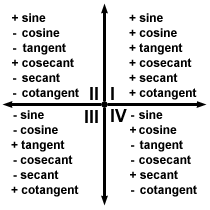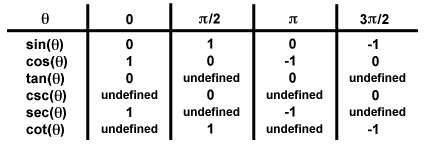Please wait while we process your payment
If you don't see it, please check your spam folder. Sometimes it can end up there.
If you don't see it, please check your spam folder. Sometimes it can end up there.
Please wait while we process your payment

By signing up you agree to our terms and privacy policy.
Don’t have an account? Subscribe now
Create Your Account
Sign up for your FREE 7-day trial
By signing up you agree to our terms and privacy policy.
Already have an account? Log in
Your Email
Choose Your Plan
Individual
Group Discount
Save over 50% with a SparkNotes PLUS Annual Plan!
 payment page
payment page
Purchasing SparkNotes PLUS for a group?
Get Annual Plans at a discount when you buy 2 or more!
Price
$24.99 $18.74 /subscription + tax
Subtotal $37.48 + tax
Save 25% on 2-49 accounts
Save 30% on 50-99 accounts
Want 100 or more? Contact us for a customized plan.
 payment page
payment page
Your Plan
Payment Details
Payment Summary
SparkNotes Plus
You'll be billed after your free trial ends.
7-Day Free Trial
Not Applicable
Renews April 6, 2025 March 30, 2025
Discounts (applied to next billing)
DUE NOW
US $0.00
SNPLUSROCKS20 | 20% Discount
This is not a valid promo code.
Discount Code (one code per order)
SparkNotes PLUS Annual Plan - Group Discount
Qty: 00
SparkNotes Plus subscription is $4.99/month or $24.99/year as selected above. The free trial period is the first 7 days of your subscription. TO CANCEL YOUR SUBSCRIPTION AND AVOID BEING CHARGED, YOU MUST CANCEL BEFORE THE END OF THE FREE TRIAL PERIOD. You may cancel your subscription on your Subscription and Billing page or contact Customer Support at custserv@bn.com. Your subscription will continue automatically once the free trial period is over. Free trial is available to new customers only.
Choose Your Plan
This site is protected by reCAPTCHA and the Google Privacy Policy and Terms of Service apply.
For the next 7 days, you'll have access to awesome PLUS stuff like AP English test prep, No Fear Shakespeare translations and audio, a note-taking tool, personalized dashboard, & much more!
You’ve successfully purchased a group discount. Your group members can use the joining link below to redeem their group membership. You'll also receive an email with the link.
Members will be prompted to log in or create an account to redeem their group membership.
Thanks for creating a SparkNotes account! Continue to start your free trial.
We're sorry, we could not create your account. SparkNotes PLUS is not available in your country. See what countries we’re in.
There was an error creating your account. Please check your payment details and try again.
Please wait while we process your payment

Your PLUS subscription has expired
Please wait while we process your payment
Please wait while we process your payment

Functions in Quadrants
The sign of a trigonometric function is dependent on the signs of the coordinates of the points on the terminal side of the angle. By knowing in which quadrant the terminal side of an angle lies, you also know the signs of all the trigonometric functions. There are eight regions in which the terminal side of an angle may lie: in any of the four quadrants, or along the axes in either the positive or negative direction (the quadrantal angles). Each situation means something different for the signs of the trigonometric functions.
The distance from a point to the origin is always positive, but the signs of the x and y coordinates may be positive or negative. Thus, in the first quadrant, where x and y coordinates are all positive, all six trigonometric functions have positive values. In the second quadrant, only sine and cosecant (the reciprocal of sine) are positive. In the third quadrant, only tangent and cotangent are positive. Finally, in the fourth quadrant, only cosine and secant are positive. The following diagram may help clarify.

When an angle lies along an axis, the values of the trigonometric functions are either 0, 1, -1, or undefined. When the value of a trigonometric function is undefined, it means that the ratio for that given function involved division by zero. Below is a table with the values of the functions for quadrantal angles.

The points at which the values of a function are undefined are technically not
in the domain of that function. Therefore, the domain of sine and cosine is
all real numbers. The domain of tangent and secant is all real numbers except
 + kΠ, where k is an integer. The domain of cosecant and
cotangent is all real numbers except kΠ, where k is an integer.
+ kΠ, where k is an integer. The domain of cosecant and
cotangent is all real numbers except kΠ, where k is an integer.
Please wait while we process your payment

